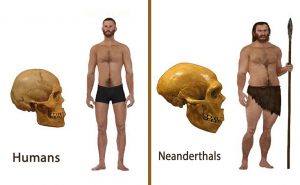
WE ARE WHAT WE EAT
What’s most interesting though is that the facial development is closely linked to what you ate when you were growing up. Bone growth occurs in response to muscular mechanical forces. Just like body builders who make strong, dense limbs to lift enormous weights, our shift from a naturally tough diet to soft processed foods prevents normal jaw and skull growth.
As in any other aspects of human growth and development, nutrition plays a role in the formation of teeth and bones. As these bones are developing they require a complex concentration of “bony matrix”, which comprises of the minerals calcium and phosphorus, organic materials, water and fat. This is also mediated by the fat-soluble vitamins D and K2, amongst others that allow mineral absorption from the bloodstream.
People with classically well-developed facial features communicate their top genetic health via their magnificent faces and smiles. Whilst orthodontic braces and wisdom teeth surgeries patch up issues associated with poor facial growth, we may in fact be covering up more serious diet and health issues.
Hunter-gatherers needed big, strong jaws to chew the uncooked vegetables and meat that often made up their menu. Early farmers, on the other hand, had a softer diet, consuming cooked foods like beans and cereals that didn’t demand such a high level of mouth strength. Over time, as jaws became smaller in response to these dietary changes, teeth didn’t follow suit, remaining around the same size. This likely directly led to the problem of adequate mouth real estate so common today. We’ve got modern jaws but a potentially outdated number of teeth.
So what foods are good for faces?
Ones that make you chew, like a serving of raw fruit and vegetables a day. Then plenty of bone-building elements from calcium-rich sources like salmon, almonds and kale.


